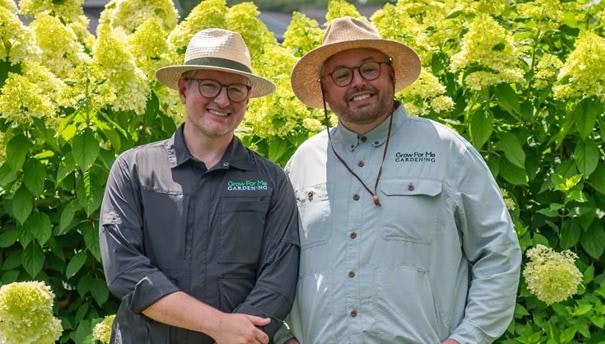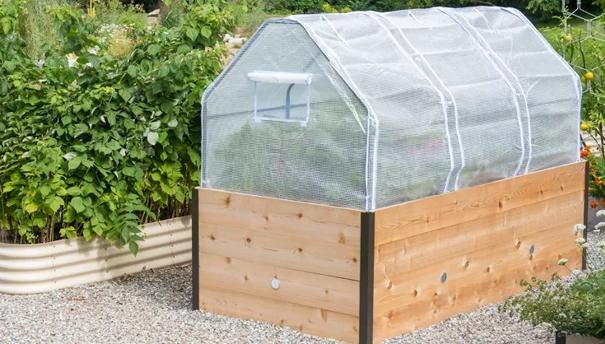When to Plant Garlic
Garlic is one of the easiest crops you can grow. In most regions of the country, garlic is planted in the fall, about 4-6 weeks before the ground freezes. By that time, many summer crops have already been harvested, leaving some free garden space. Just remember that the garlic bed won't be available for another type of crop until late next summer, when it's time to harvest the garlic you planted the previous fall.
Can I Plant Garlic in the Spring?
Didn’t get around to popping your cloves in the ground last fall? Don’t worry, you can still have garden-fresh garlic by the end of summer (the bulbs may just be a bit smaller than those planted in the fall)! Just make sure to plant after all threat of frost has passed. Other than that, however, you don't need to do anything different than what's in the planting instructions below!
Types of Garlic to Grow in Your Garden
If you're replanting garlic from your own stock, choose the biggest and best heads from the summer's harvest. Simply put, the larger the planted clove, the larger the harvested head. If purchasing, look for garlic sold specifically for planting. Garlic from the produce section at the supermarket may have been treated with a sprout inhibitor to prevent it from growing.

There are several types of garlic.
Hardneck garlic
Hardneck varieties produce a stiff stem that grows up through the center of the bulb. Compared to softneck varieties, then tend to have a sharper flavor, with more variation in flavor among the varieties. They're hardier, too, making them a good choice for regions with very cold winters. Once harvested, the bulbs have a somewhat shorter shelf life than softneck varieties.
Popular hardneck varieties: "Music", "German Red", "Chesnok Red"
Softneck garlic
Softneck varieties don't produce a stiff central stem. This list the type of garlic you'll find at most supermarkets. It has a relatively mild flavor. Softneck garlic is the best choice for regions with mild winters, and it's the type to grow if you want to make garlic braids.
Popular softneck varieties: "Inchelium Red", "California Whiite Early"
Elephant garlic
These varieties of garlic resembles a GIANT head of garlic and, indeed, it does belong to the same genus, Allium. However, it isn't a "true" garlic but rather is more closely related to the leek. Elephant garlic has a mild flavor.
How to Plant Garlic
 Here in Vermont it's easy to tell when the garlic should be planted. Look up at the hillsides. If they're a blaze of red, orange and yellow, it's time.
Here in Vermont it's easy to tell when the garlic should be planted. Look up at the hillsides. If they're a blaze of red, orange and yellow, it's time.- Plan to plant garlic in fall about 4-6 weeks before the ground freezes.
- Garlic grows best in loose, well-drained soil that is rich in nutrients. Garlic bulbs will rot in wet, clay. Prepare the soil by loosening it to a depth of at least 8" and mix in some compost or slow-release, granular organic fertilizer.
- Just prior to planting, break up the garlic heads into individual cloves, leaving as much of the papery covering on each clove intact as possible.
- Plant cloves 3" to 4" deep, orienting them so the pointy ends face up.
- Water gently to settle the soil, and then cover the bed with a 4" to 6" layer of straw. Even as air temperatures drop, the soil will stay warm enough for the newly planted cloves to establish roots before the ground freezes. Sometimes you'll see some green shoots form in fall; that's fine and won't harm plants. They'll begin growing in earnest in spring.
 If you planted hardneck varieties, they'll probably form curly scapes. It's best to cut these off so the plants will direct their energy to producing large underground bulbs. The tender stalks can be used in stir-fries or sauteed with vegetables.
If you planted hardneck varieties, they'll probably form curly scapes. It's best to cut these off so the plants will direct their energy to producing large underground bulbs. The tender stalks can be used in stir-fries or sauteed with vegetables.



